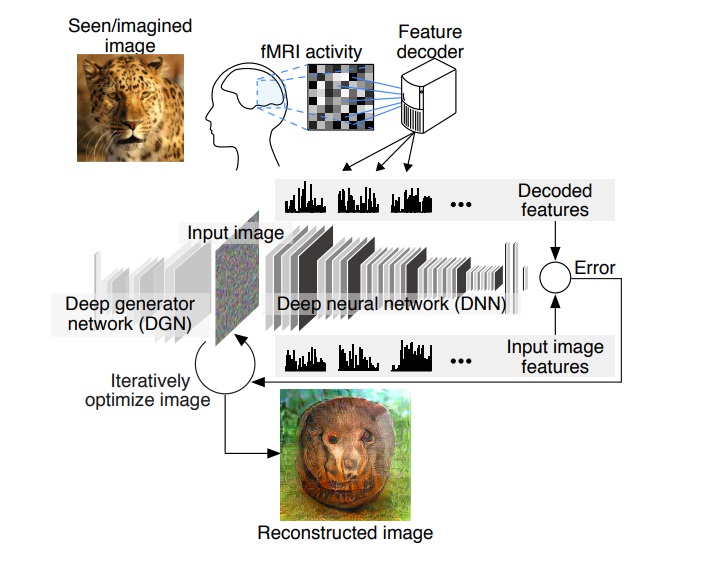LG Display showed off the world’s first and largest rollable 4K OLED screen at CES this year.
As reported by David Pierce in Wired:
“The 65-inch display sits flat and sturdy on your wall, like a normal television, until you’re done with it. With one push of a button, the display descends down into its stand, rolling around a coil like wrapping paper. The screen can roll up completely for safe storage and easy transportation, or you can leave a small section of it sticking up, at which point the screen automatically shifts into a widgetized, information-providing display with weather and sports scores. LG’s device has almost nothing in common with most TVs, other than its size. Functionally, it’s more like a really big tablet.”
Fully unrolled, the aspect ration is 16:9.
But wait, there’s more! It can roll down to 21:9, eliminating the black bars above and below widescreen movies.
My take: I want one! I would hang it upside down from the ceiling, so it would mimic a cinema screen of yore.




